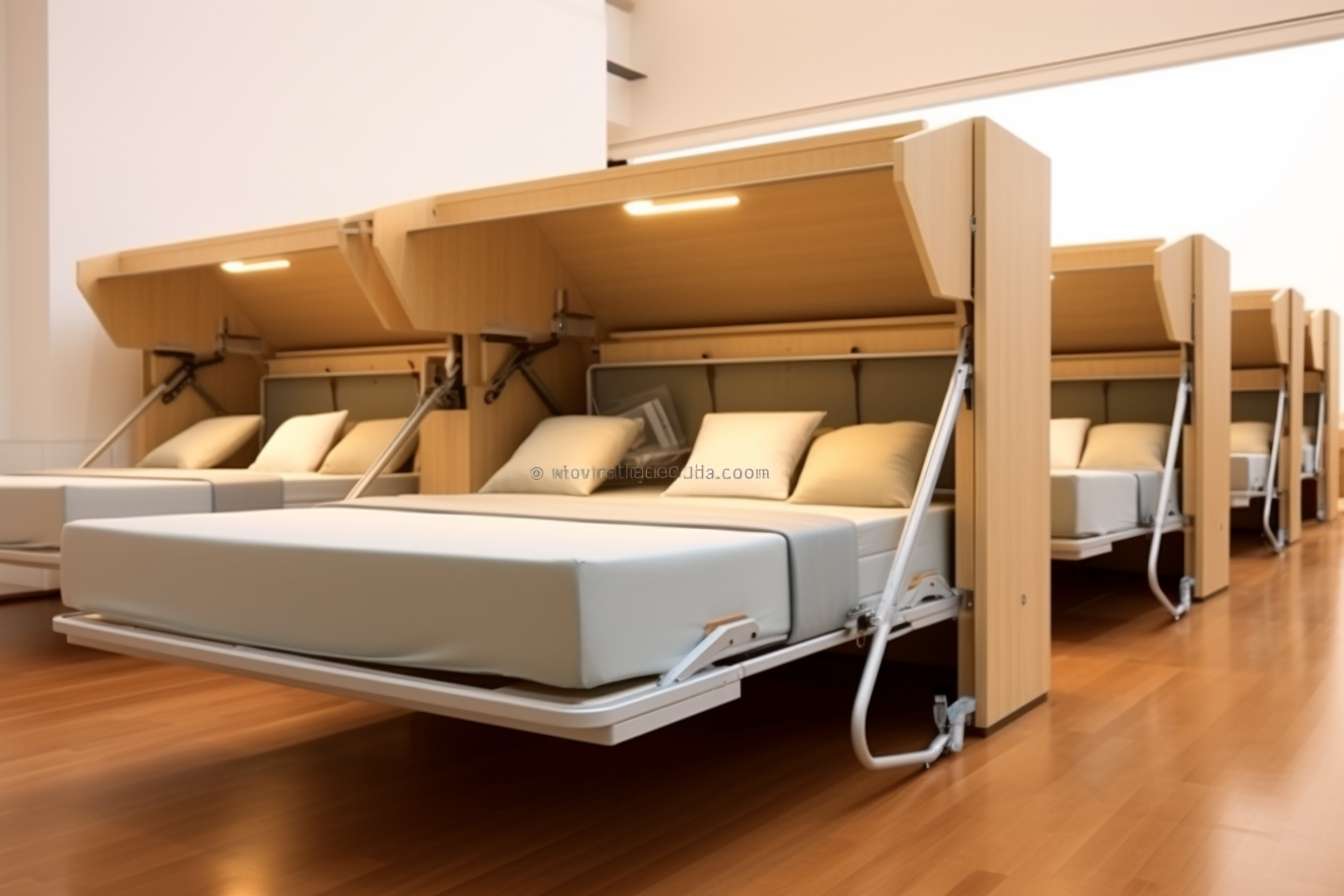Screwless Dental Implants: Modern Tooth Replacement Technology
Screwless dental implants represent an innovative advancement in tooth replacement technology, offering patients an alternative to traditional screw-retained implant systems. These implants utilize cement-retained crowns instead of screws to secure the prosthetic tooth to the implant post, potentially providing aesthetic and functional benefits. Understanding how this technology works, the procedure involved, and whether it suits your specific needs can help you make an informed decision about your oral health care options.

Embracing the Future: What Are Screwless Dental Implants?
Screwless dental implants, also known as cement-retained implants, represent a significant advancement in restorative dentistry. Unlike traditional screw-retained implants that use a screw to attach the crown directly to the implant post, screwless implants employ an abutment that is cemented to the crown. This approach eliminates the need for access holes in the crown surface, which can compromise both aesthetics and structural integrity. The technology has gained popularity among dental professionals who prioritize seamless appearance and optimal crown contours. These implants maintain the same titanium post foundation as traditional implants but differ in their attachment mechanism, offering patients a more refined approach to tooth replacement.
How Screwless Dental Implants Work: Understanding the Mechanism
The mechanism behind screwless dental implants involves a two-stage attachment process. First, the titanium implant post is surgically placed into the jawbone, where it undergoes osseointegration over several months. Once healing is complete, an abutment is attached to the implant post using a screw connection below the gum line. The custom crown is then cemented onto this abutment using dental cement, similar to how traditional crowns are attached to natural teeth. This design allows for better crown contours and eliminates the occlusal screw access hole that characterizes screw-retained implants. The cement creates a secure bond while allowing for potential retrievability if future maintenance becomes necessary, though removal requires more effort compared to simply unscrewing a screw-retained crown.
The Screwless Implant Procedure: What to Expect and How it Differs
The screwless implant procedure follows similar initial steps to traditional implant placement but differs in the final restoration phase. After the initial consultation and treatment planning, the titanium post is surgically placed into the prepared socket in the jawbone. A healing period of three to six months allows for proper osseointegration. During the restoration phase, your dentist will attach the abutment and take impressions for the custom crown fabrication. The key difference occurs during crown placement, where dental cement secures the restoration rather than a retaining screw. This process typically requires fewer appointments for adjustments since there are no screw access holes to fill or contour. The procedure generally results in better emergence profiles and more natural-looking gum contours around the implant site.
Key Advantages of Screwless Dental Implants for Your Oral Health
Screwless dental implants offer several distinct advantages for oral health and aesthetics. The absence of screw access holes creates stronger crown structures with better load distribution, potentially reducing the risk of crown fractures. Aesthetically, these implants provide superior results, especially in the front teeth where appearance is crucial, as there are no visible access holes to fill with composite material. The cement-retained design allows for optimal crown contours and emergence profiles, promoting healthier gum tissue around the implant. Additionally, the sealed interface between the crown and abutment may reduce bacterial infiltration compared to screw-retained systems. Patients often experience more comfortable chewing since the crown surface remains completely intact without access hole modifications that might create food traps or rough surfaces.
| Treatment Type | Provider Examples | Cost Estimation |
|---|---|---|
| Single Screwless Implant | Aspen Dental, ClearChoice | $3,000 - $5,500 |
| Multiple Screwless Implants | Affordable Dentures & Implants | $6,000 - $15,000 |
| Full Arch Screwless Restoration | All-on-4 Specialists | $15,000 - $30,000 |
Prices, rates, or cost estimates mentioned in this article are based on the latest available information but may change over time. Independent research is advised before making financial decisions.
Are Screwless Implants the Right Choice for Your Tooth Replacement?
Determining whether screwless implants suit your specific situation requires careful consideration of several factors. These implants work exceptionally well for front teeth replacements where aesthetics are paramount, as they provide the most natural appearance without visible access holes. However, they may not be ideal for all patients, particularly those who require frequent maintenance or have a history of crown complications, since removal requires more complex procedures. Your bone quality, gum health, and bite characteristics all influence the success of screwless implants. Patients with heavy grinding habits might benefit more from the easier maintenance of screw-retained implants. Consulting with an experienced implant dentist who can evaluate your specific oral health conditions, aesthetic goals, and long-term maintenance preferences will help determine if screwless implants align with your tooth replacement needs and expectations.
Screwless dental implants represent a sophisticated approach to tooth replacement that prioritizes aesthetics and crown integrity. While they offer significant advantages in appearance and structural design, the choice between screwless and traditional screw-retained implants depends on individual circumstances, maintenance requirements, and long-term oral health goals. Working with a qualified dental professional ensures you receive the most appropriate treatment for your specific situation.




